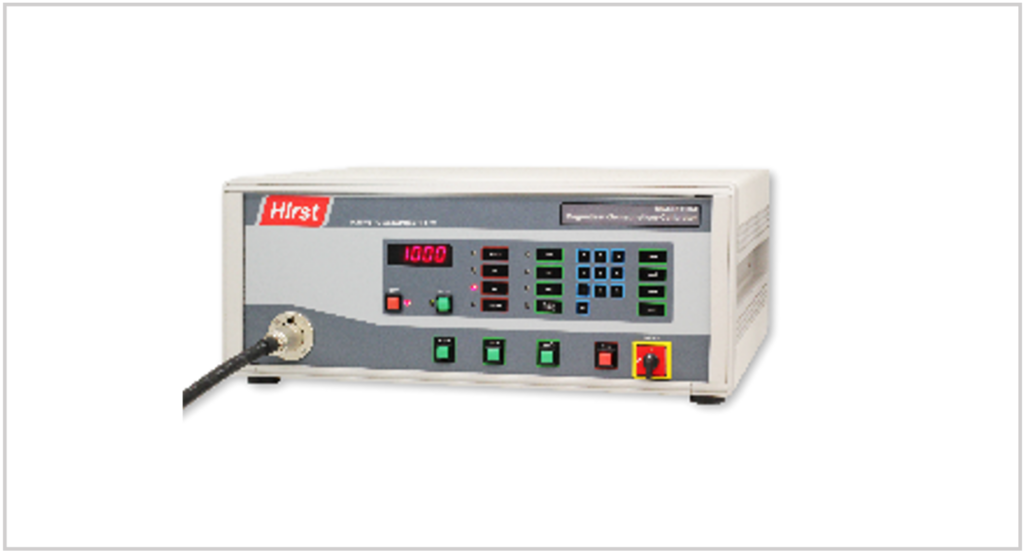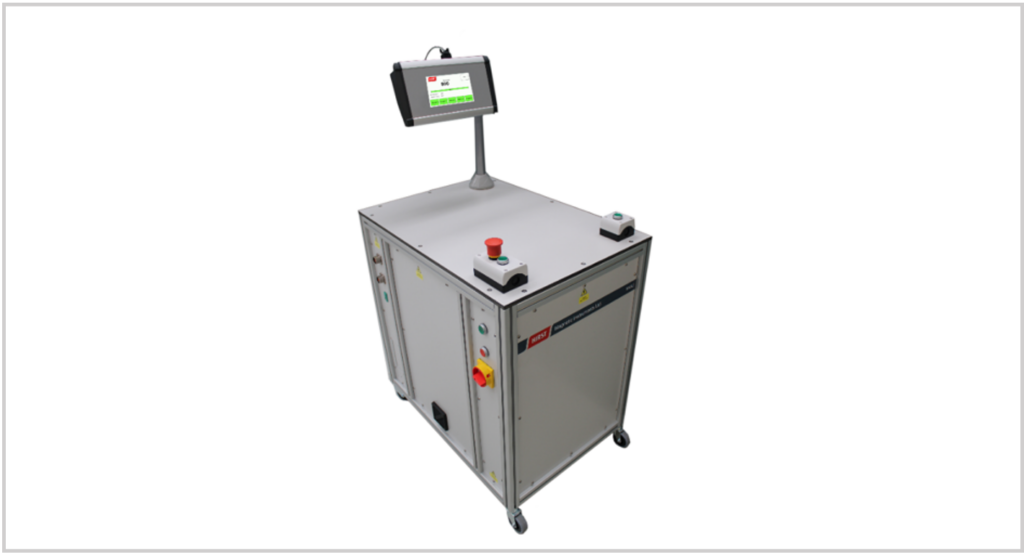Hirst Magnetics has been producing demagnetisers since the 1960’s and its bench-top demagnetisers, workstation demagnetisers and volume production industrial demagnetising systems are trusted by the world’s leading companies in industries ranging from aerospace and electronics to medical equipment and automotive.
A common problem in industry is residual magnetism in parts after machining. Often parts stick together, proving difficult for additional processing. Another typical problem after machining is that parts can pick up swarf, and even washing can prove ineffective. By demagnetising parts these problems can be alleviated.

Benchtop Magnetisers and Demagnetiser
The MCSD series of precision Magnet Charger, Setter, Demagnetisers has been designed as a flexible magnet processor for the laboratory and as the production workhorse where calibrating, stabilising, setting or ageing all types of permanent magnets as required. With a maximum voltage of 1000V these magnetisers (and demagnetiser) have energies from 100J to 800J. Higher power custom products can also be produced – please contact us with your requirements.

Industrial Workstation Demagnetisers
Hirst’s workstation demagnetisers with magnetiser energies of 1kJ to 8kJ at up to 1000V have many applications including demagnetising bearings, medical products or other parts that have become magnetised during production processes.
A range of automation options are available including batch and conveyer systems.
Hirst Magnetic Instruments Ltd. offer capacitive discharge demagnetising systems suitable for demagnetising permanent magnet materials as individual components or as part of an assemblies.These techniques can be used to demagnetise individual parts or on mass depending on the application.
Hirst Magnetic Instruments incorporate microprocessor technology in their demagnetisers to safely manage the charging and discharging of the machine during the magnetising operation making it very safe to use.
Capacitive discharge systems can achieve high production rates and be part of an automated system with conveyors or other mechanical feeding systems.
